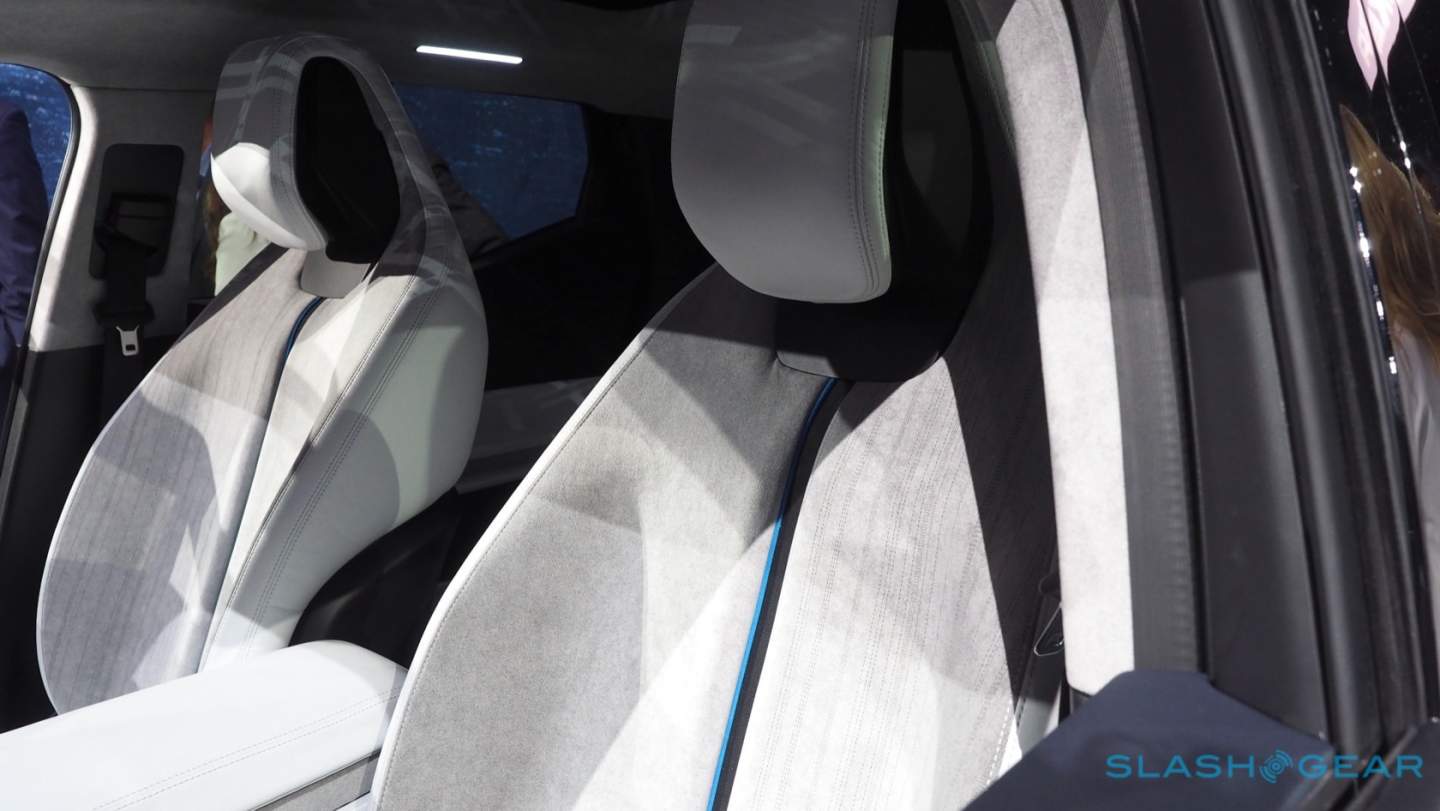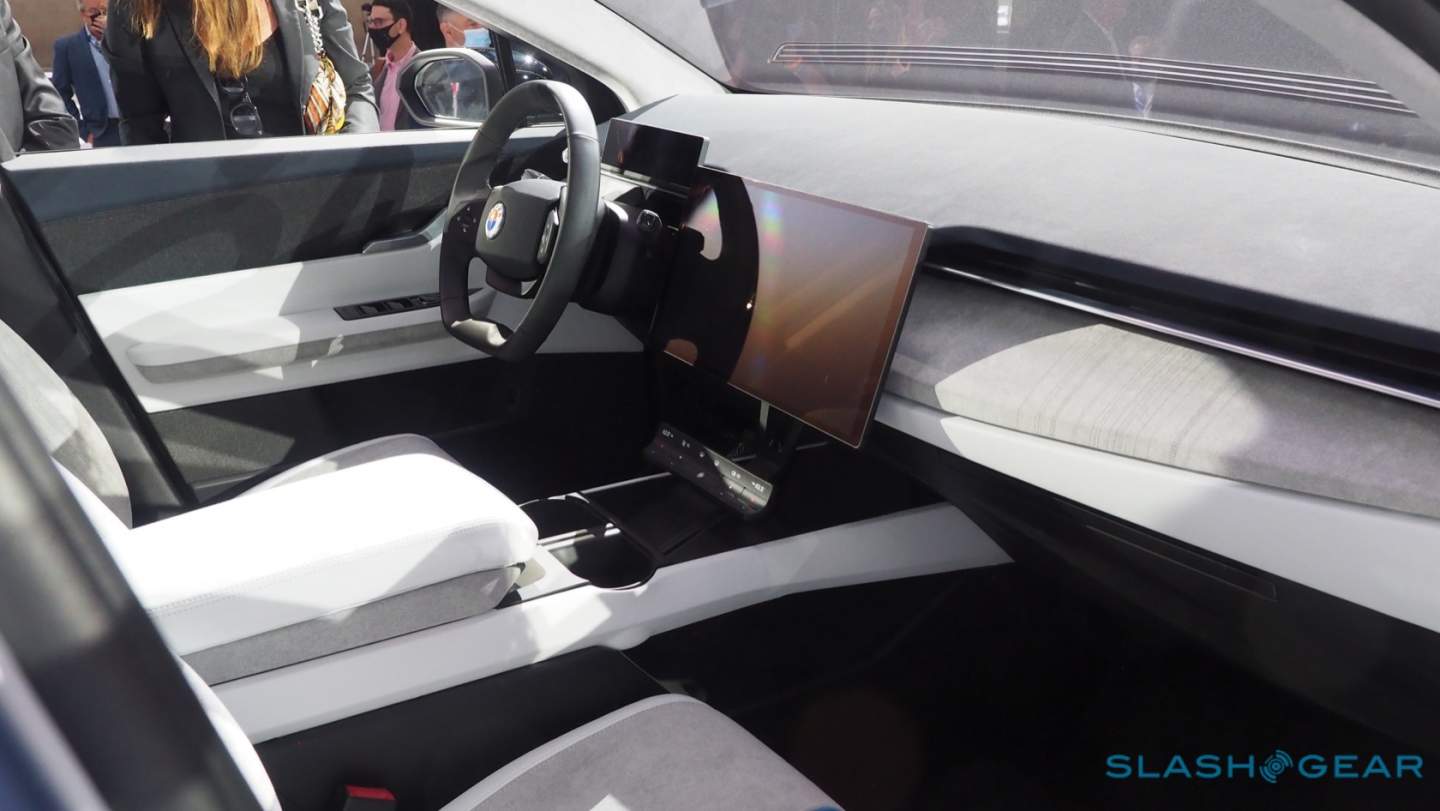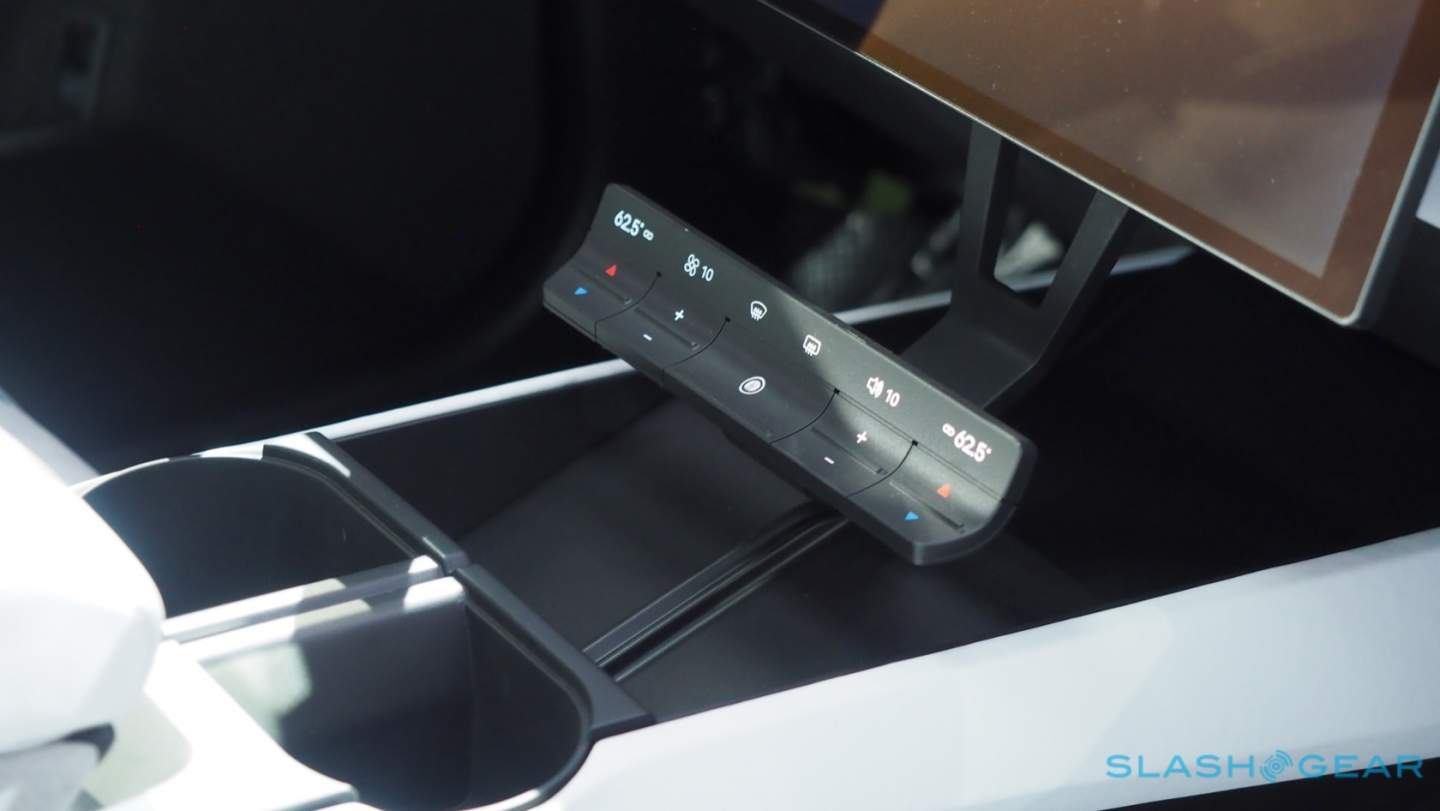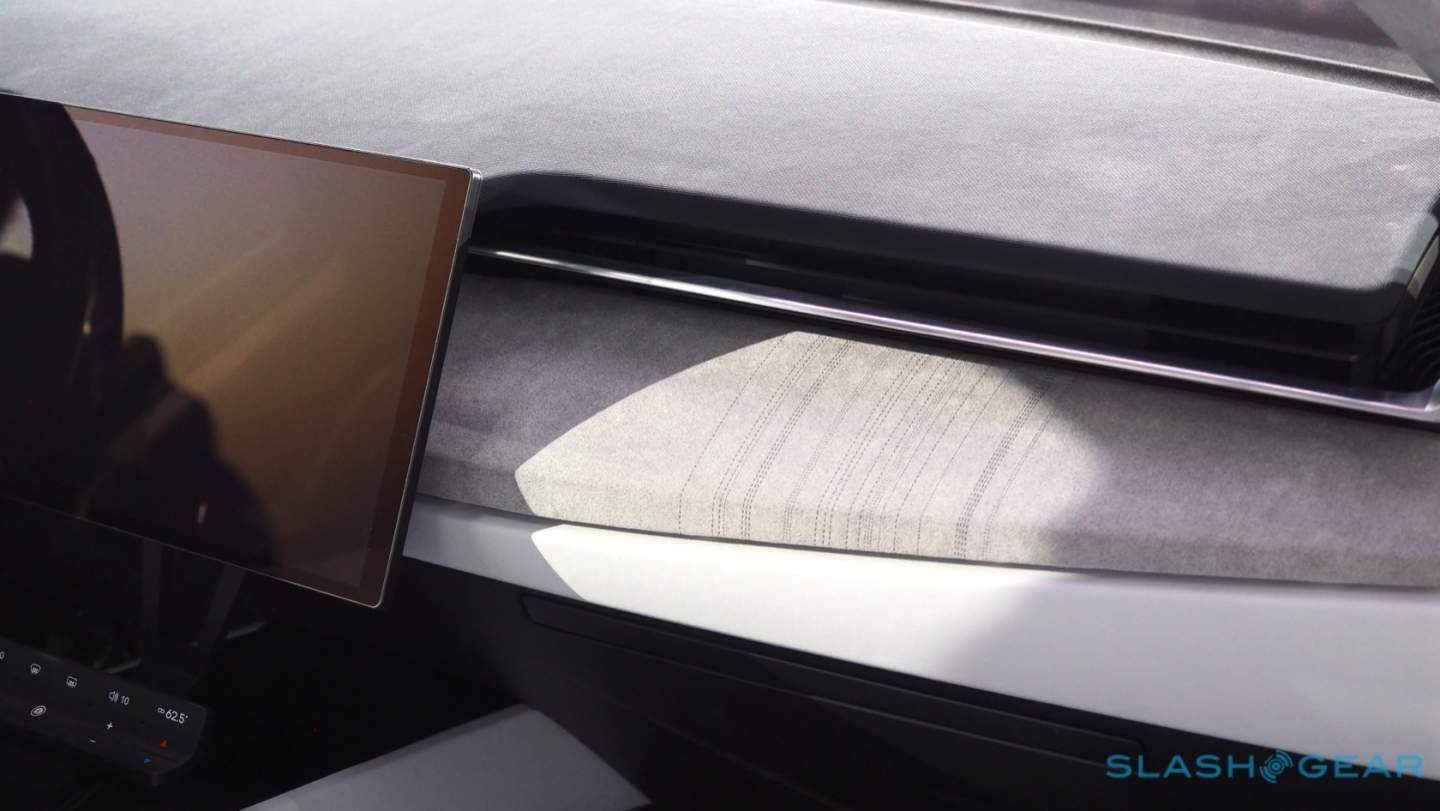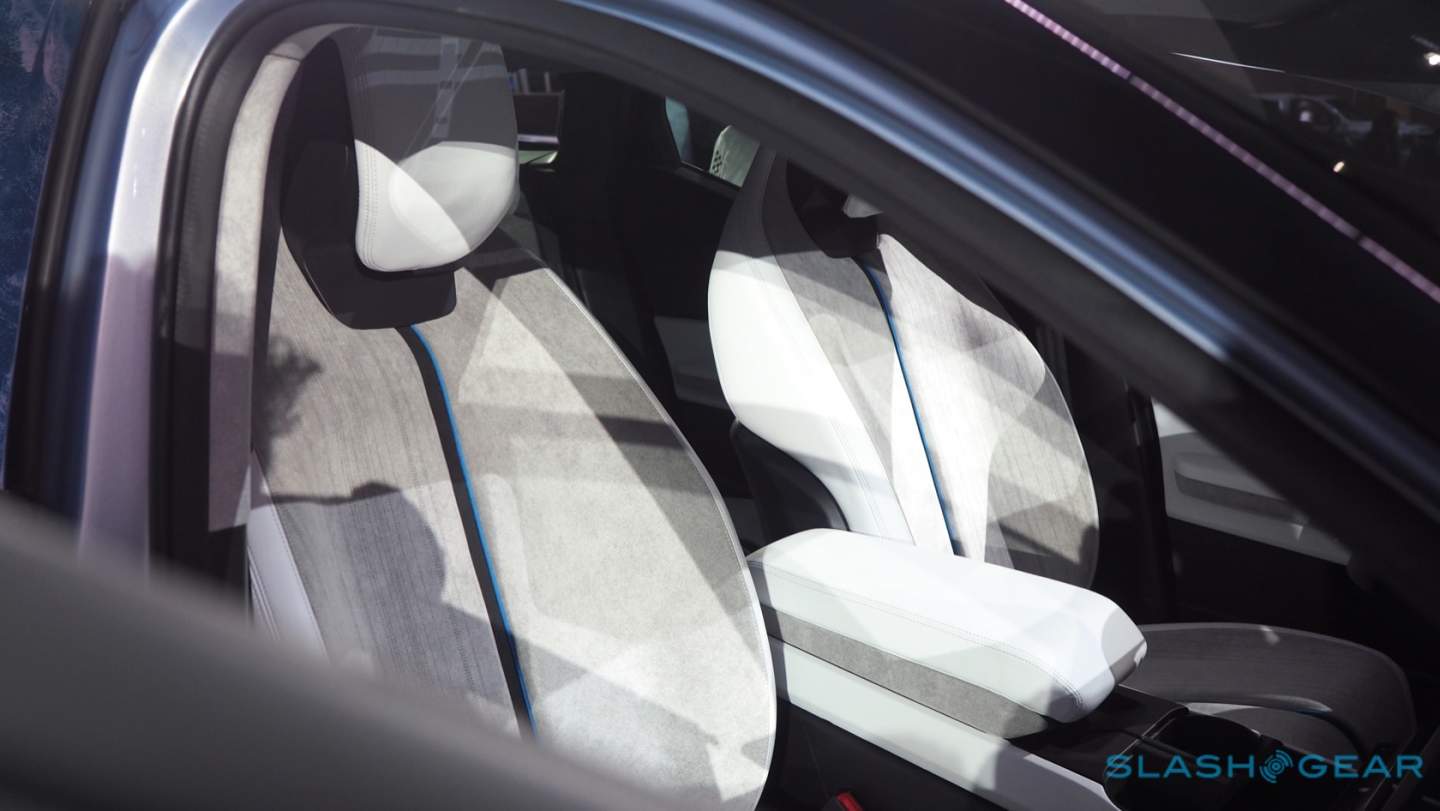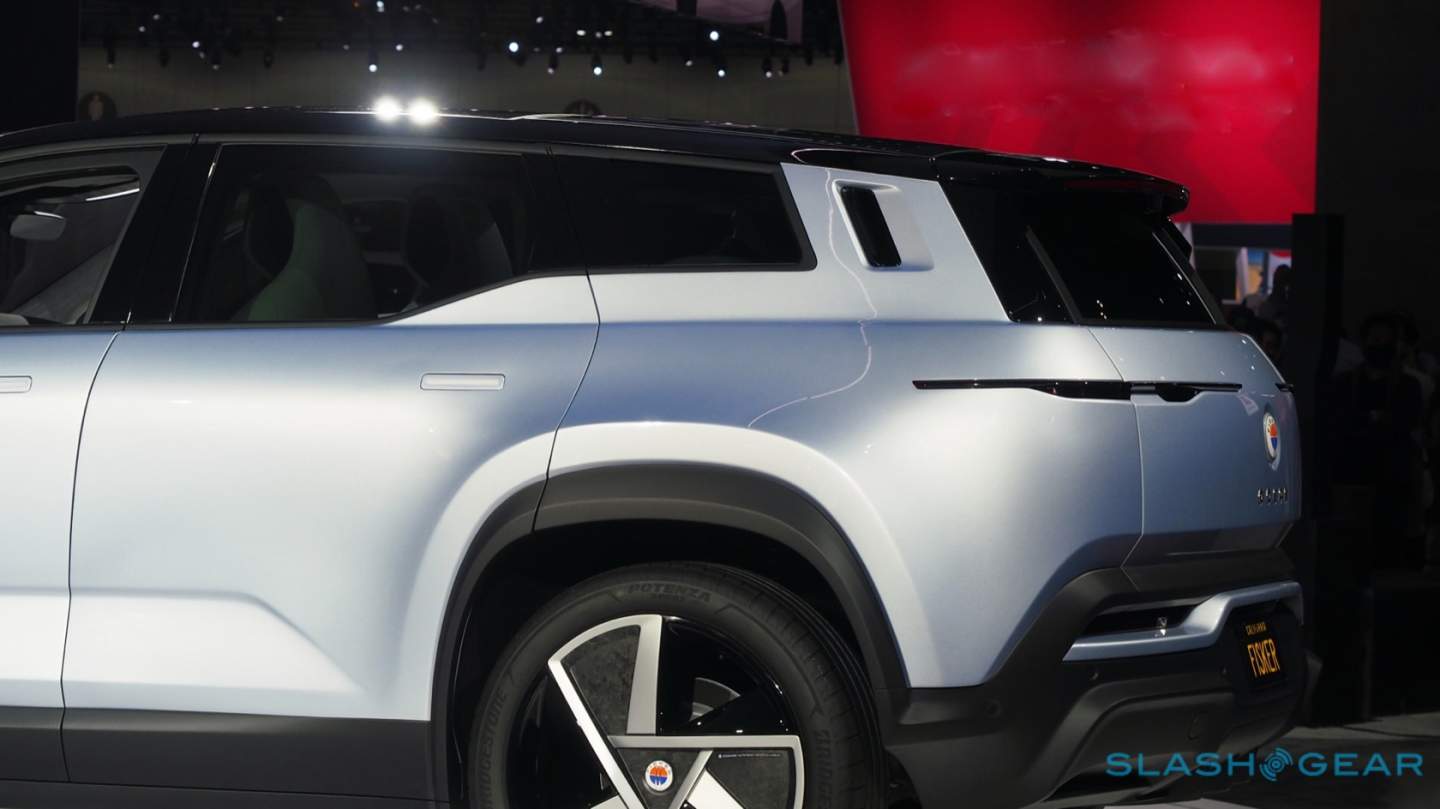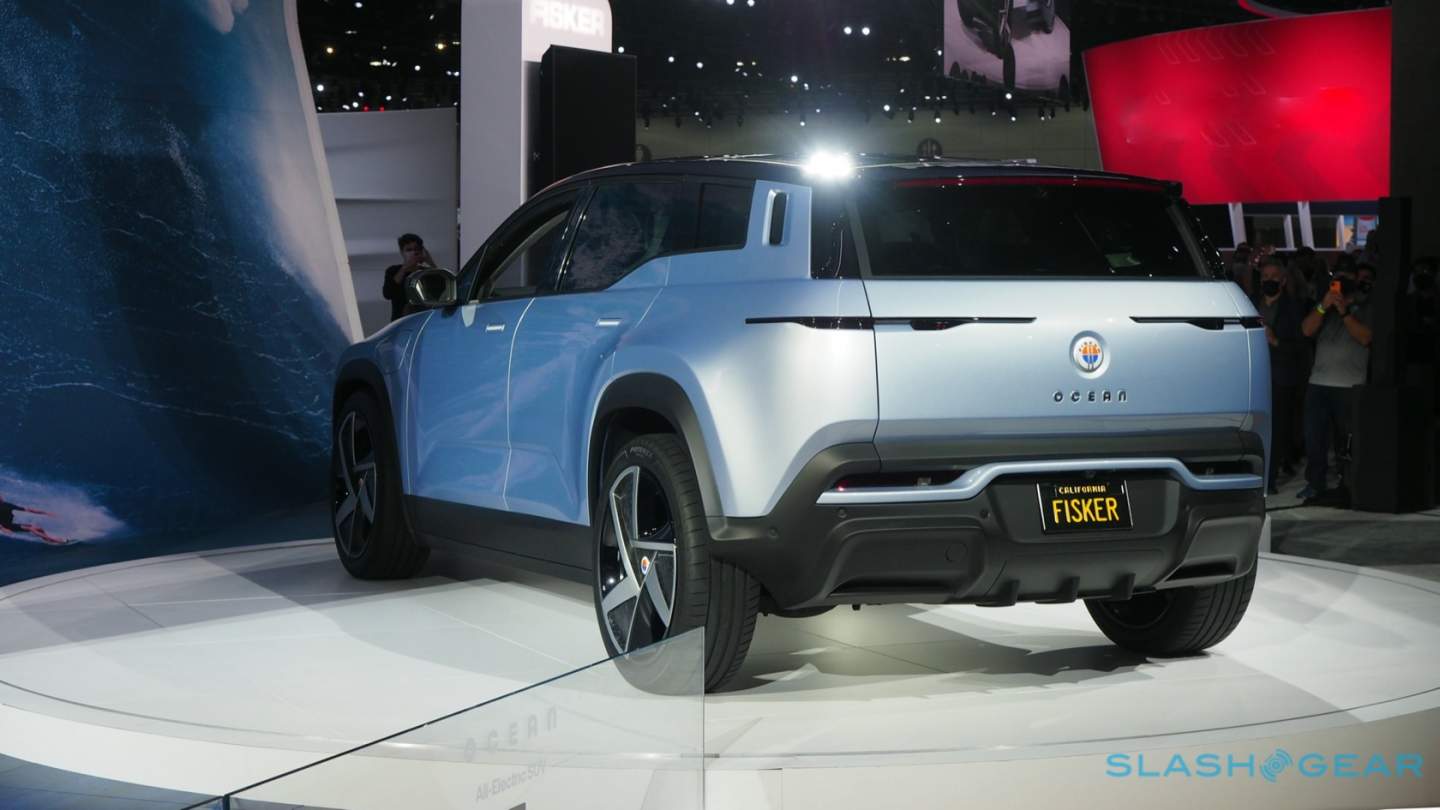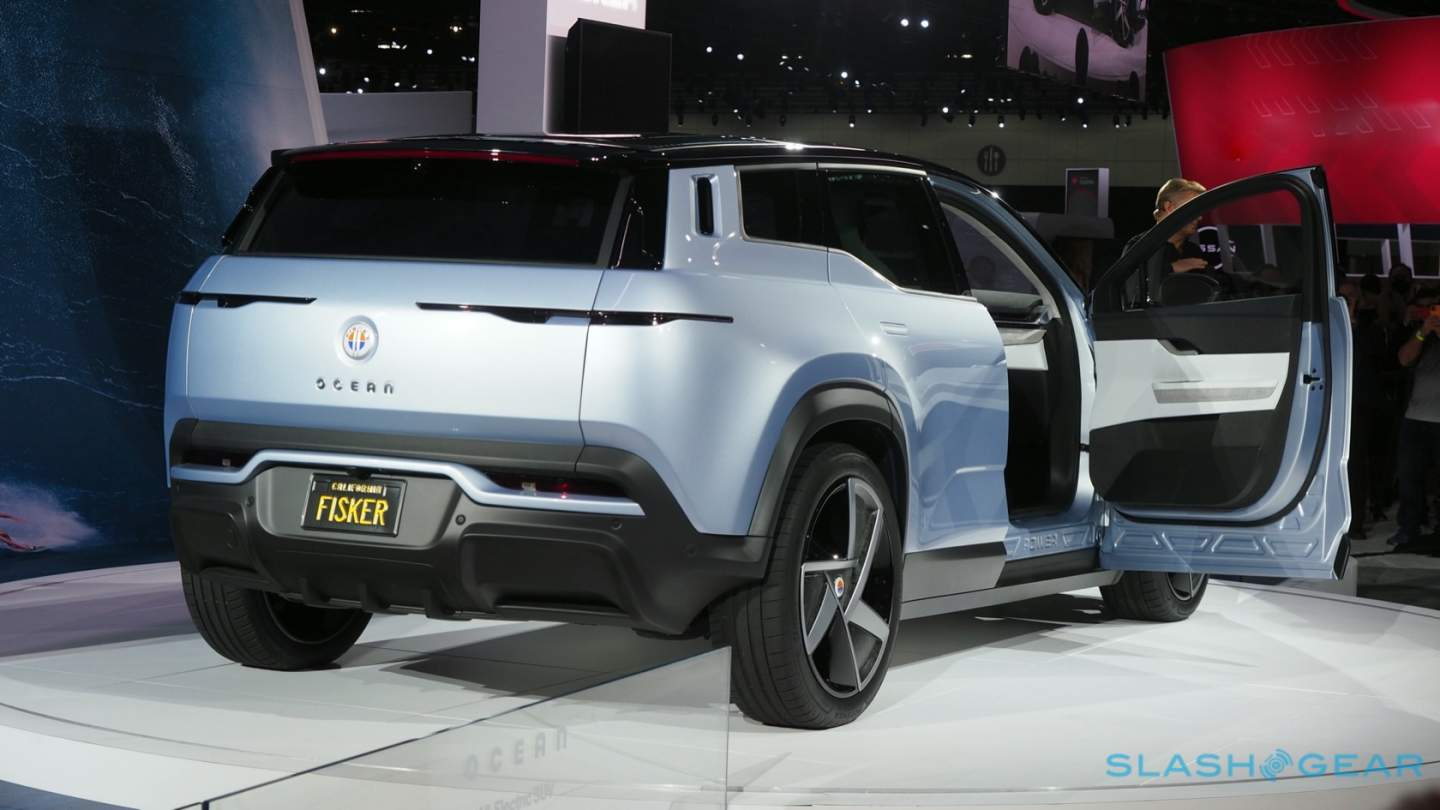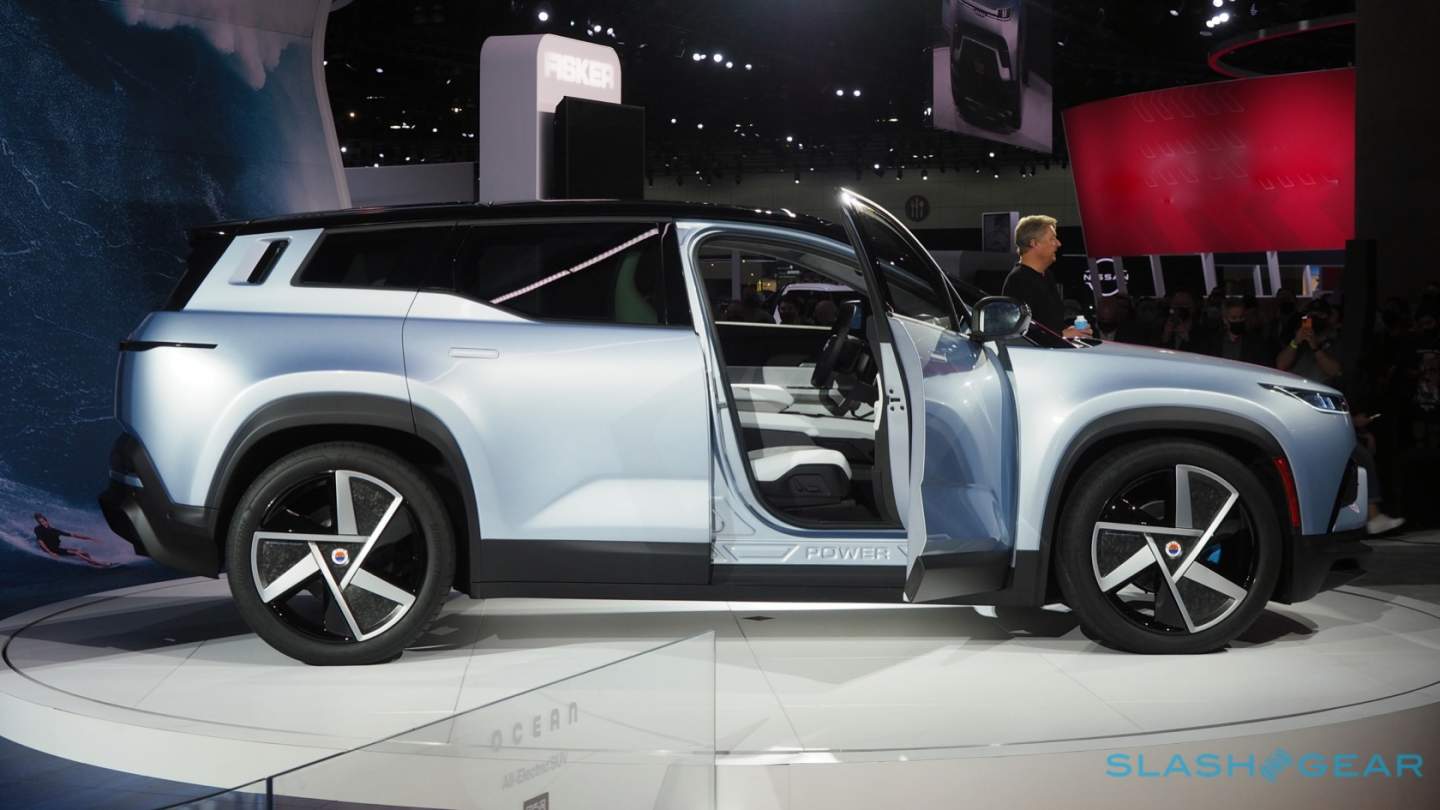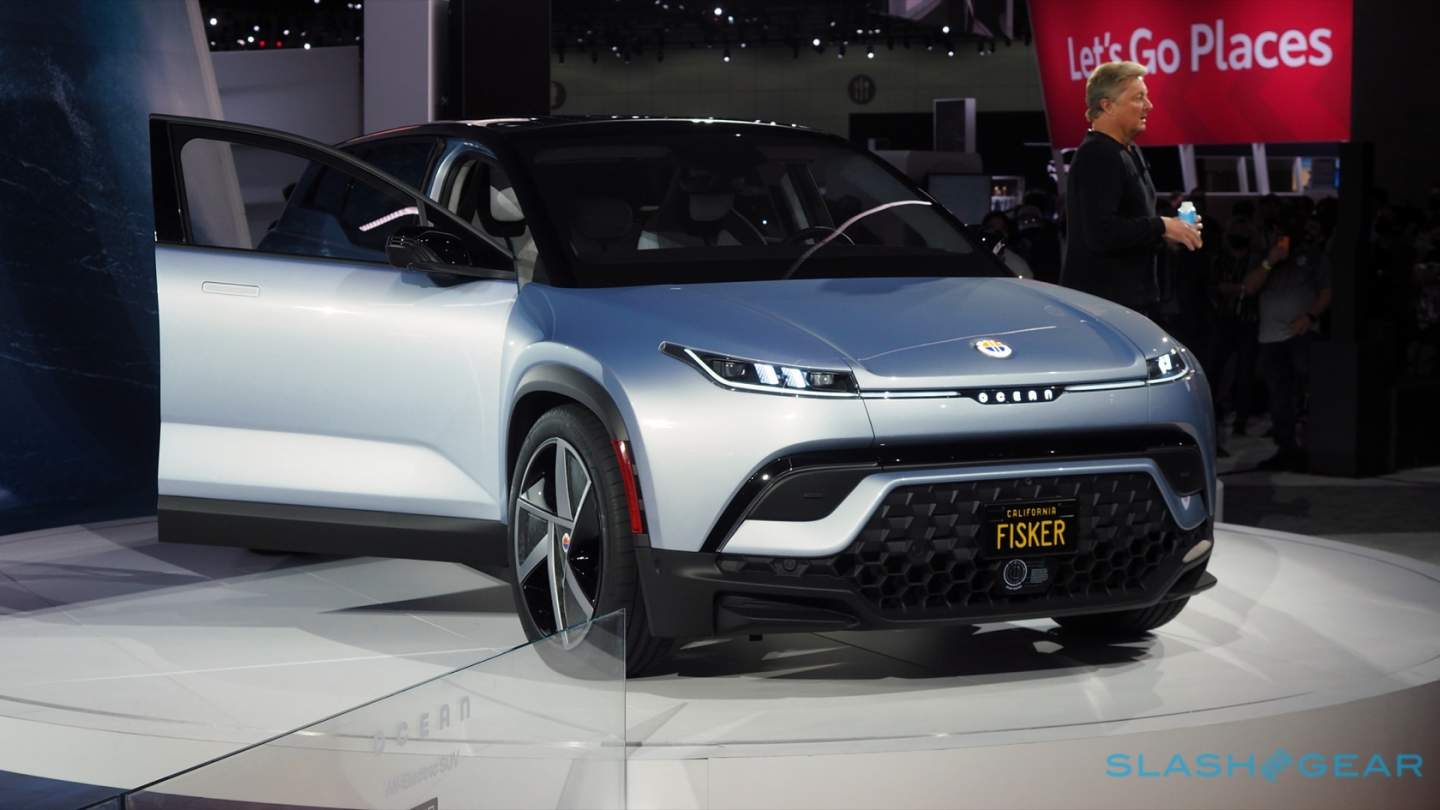The 2023 Fisker Ocean Learned From Old EV Mistakes
Fisker has revealed its "production intent" Ocean all-electric SUV, bringing the sub-$40k EV to the LA Auto Show 2021 after several years of promises. The base 2023 Ocean Sport will have more than 250 miles of range, the automaker says, ramping up to more than 350 miles in the Ocean Extreme trim, though production isn't expected to kick off for another year.
While plans may have evolved over the time between Fisker first discussing its aim to build a mainstream electric vehicle and today, one thing that hasn't changed is the aggressive pricing. The automaker says that the SUV will start at $37,499, before any applicable federal and state tax credits and incentives. That's more than ambitious.
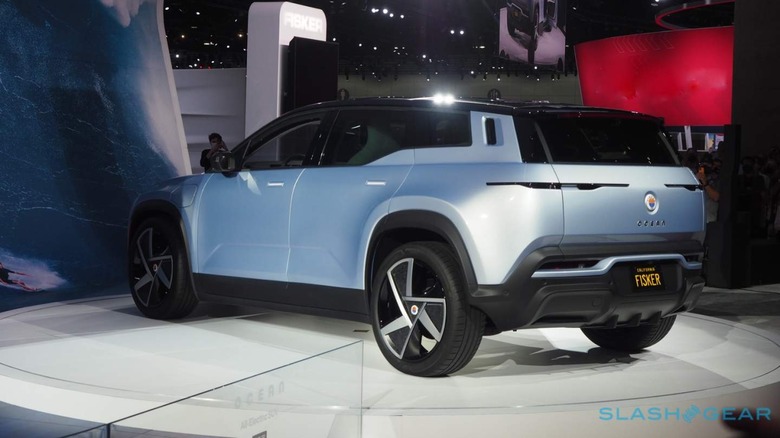
Your money will get you the Ocean Sport, with a single motor front-wheel drive configuration. It'll pack 275 horsepower, and do 0-60 mph in 6.9 seconds. The decision to go with front-wheel drive, company founder Henrik Fisker says, was to make the e-SUV more capable in low-traction conditions like snow.
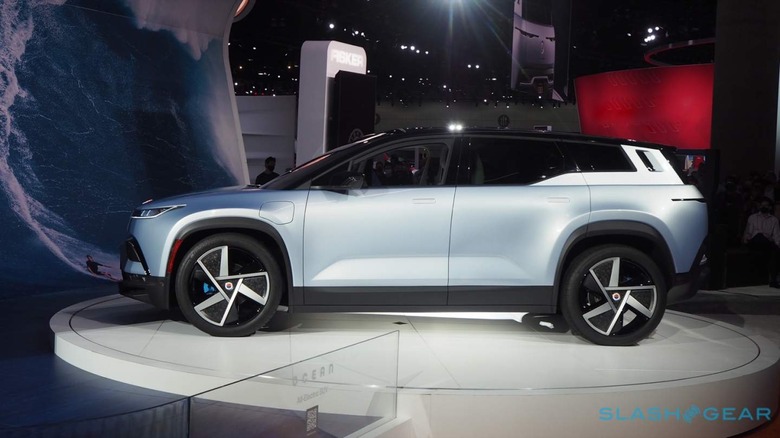
If you want all-wheel drive, though, there'll be the 2023 Ocean Ultra. Priced from $49,999, it'll have dual motor AWD with rear-disconnect, allowing the rear motor to switch off when not required. Total range will be 340 miles, and the 540 horsepower SUV should do 0-60 mph in 3.9 seconds.
Finally, there's the 2023 Ocean Extreme. It'll be Fisker's most potent version of the EV, with 350+ miles of range and 550 horsepower. As with the Ultra trim, there'll be dual electric motors with rear disconnect, along with the company's Smart Traction system. 0-60 mph will come in 3.6 seconds, and you'll be paying $68,999 before incentives for the privilege.
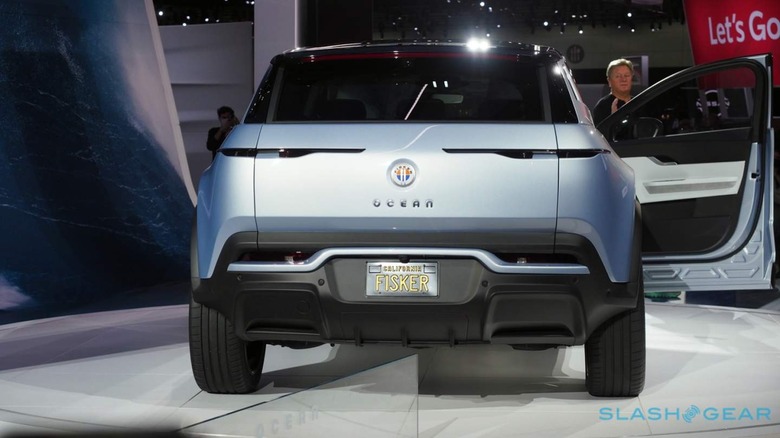
The first 5,000 examples will be Fisker Ocean One trim, a special edition priced at $68,999. They'll be fully-loaded in terms of content, and have 22-inch F3 SlipStream wheels as standard, too.
It wouldn't be entirely unfair to have some skeptical about whether the Ocean would actually make it to market. Fisker's ambitions for an all-electric – and affordable – SUV came at a time when plenty of other automakers were promising the same, with mixed background in actually delivering production vehicles. Fisker's fairly tumultuous history set the company up a little better than many, but the reality of the Ocean still seemed tenuous.
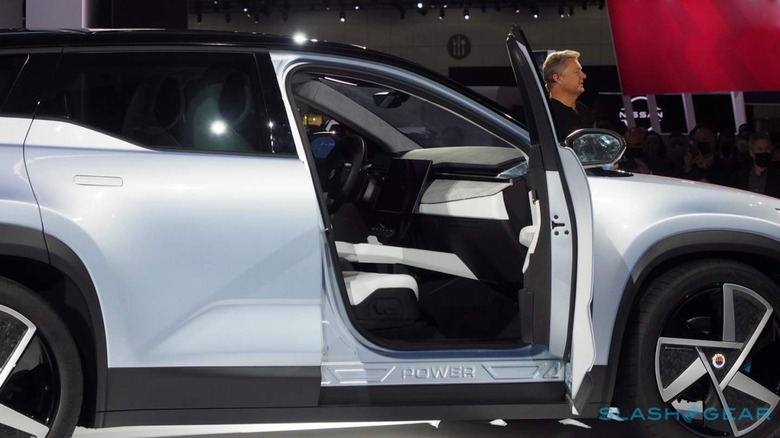
In the intervening years, Fisker has gone publish on the New York Stock Exchange – thanks to a SPAC through Apollo Global Management – and found itself a production partner. Despite speculation that it could ink a deal with Volkswagen and use the German automakers MEB platform for the Ocean, instead it made an agreement with Magna to build the EV. Though hardly a household name, Magna is among the largest automotive parts suppliers in North America.
Fast forward to today, and Fisker is at least ready to show off the EV which the companies will be building in full. It's a distinctive – and fairly compact – SUV, the oversized wheel arches exaggerated by the slimline front and rear lights. 22-inch wheels will be optional, while 7 exterior colors will be offered, including matte finishes. The cabin features plenty of recycled materials, seating for five, and an optional Fisker HyperSound audio system with 16 speakers and 500W of power.
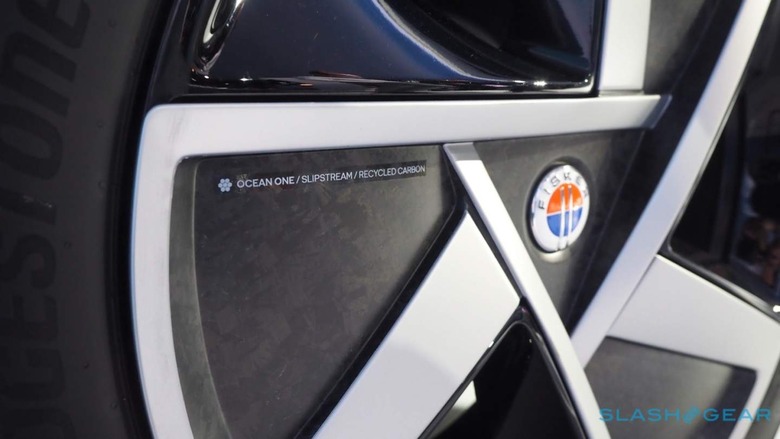
The dashboard gets a 17.1-inch touchscreen that can rotate between landscape and portrait mode. The former is intended for entertainment use when you're parked; the latter for general day-to-day interactions on the road. There'll be proprietary ADAS, with a combination of radar, ultrasonic sensors, and cameras, for features like emergency braking. OTA updates will enhance that, and other cabin features, Fisker promises, though in true auto show spirit the current prototypes have painted-on buttons and non-functional equipment.
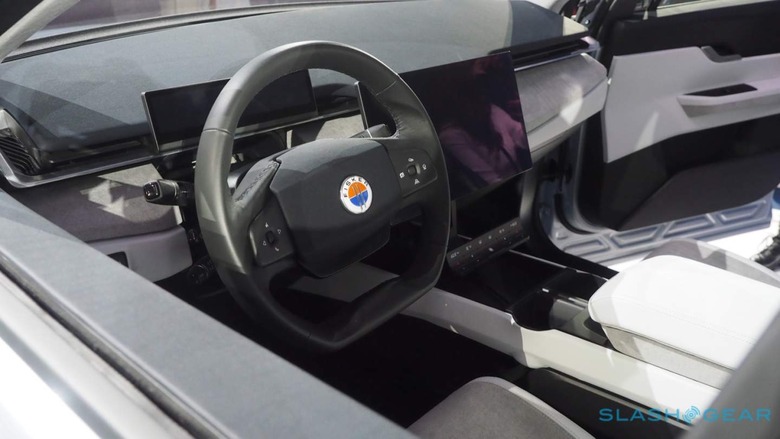
Fisker will use CATL batteries for the 2023 Ocean, with an agreement with the Chinese supplier announced earlier this month. There'll be 250+ kW DC fast charging support, and while the base Ocean Sport will use LFP battery technology, the Ultra and Extreme will step up to NMC.
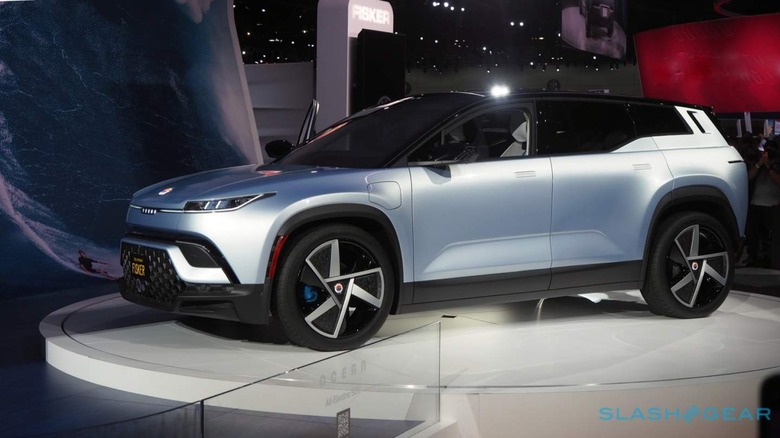
Some of Fisker's more eye-catching features have made it through to the production Ocean, too. The solar roof will be available on the EV, for example, topping up the battery when the SUV is parked in the sun. We're still a long way from solar power being sufficient to keep an electric vehicle fully charged without needing to ever plug in – Fisker says that you could get up to 2,000 extra miles of range a year in ideal conditions, or 1,500 miles in "typical" California conditions – but the idea of a passive addition like this is one we can see green energy fans being keen on anyway.
Fisker claims that the first vehicles are still on track to be produced in 2022, and the first deliveries in November 2022. The automaker won't have a traditional dealer network, instead opting to sell direct with a number of "experience centers" planned so that potential owners can get some in-person time with the EV. The first of those will be in Los Angeles. Arguably the most sensible thing the automaker has done is reduce its exposure to production risk as much as possible. By partnering with Magna, the hope is clearly to avoid the cost-sink involved in building your own EVs, something Fisker himself knows all too well from his experience with the Karma.

